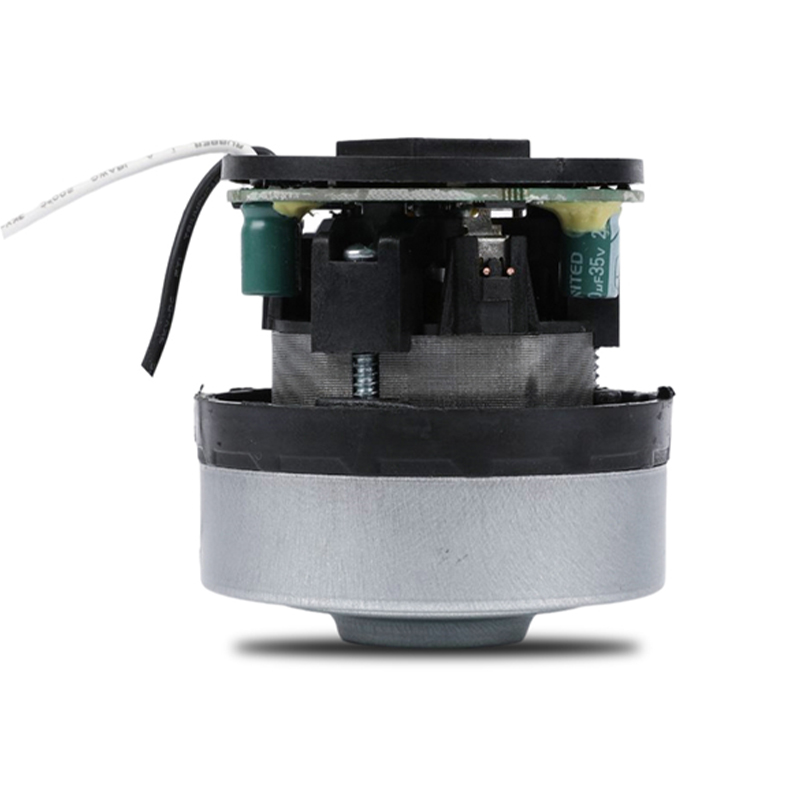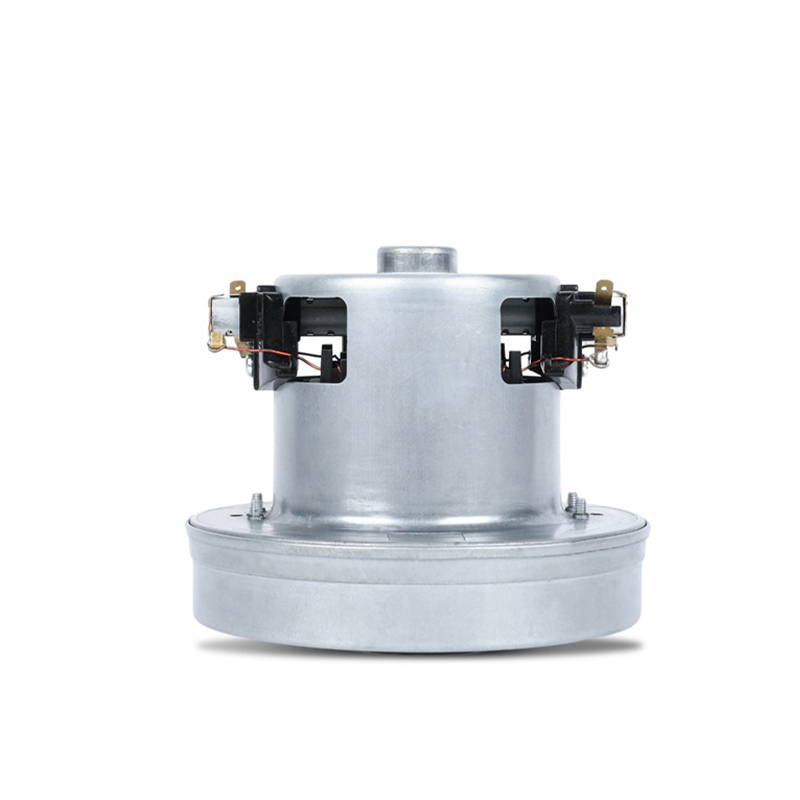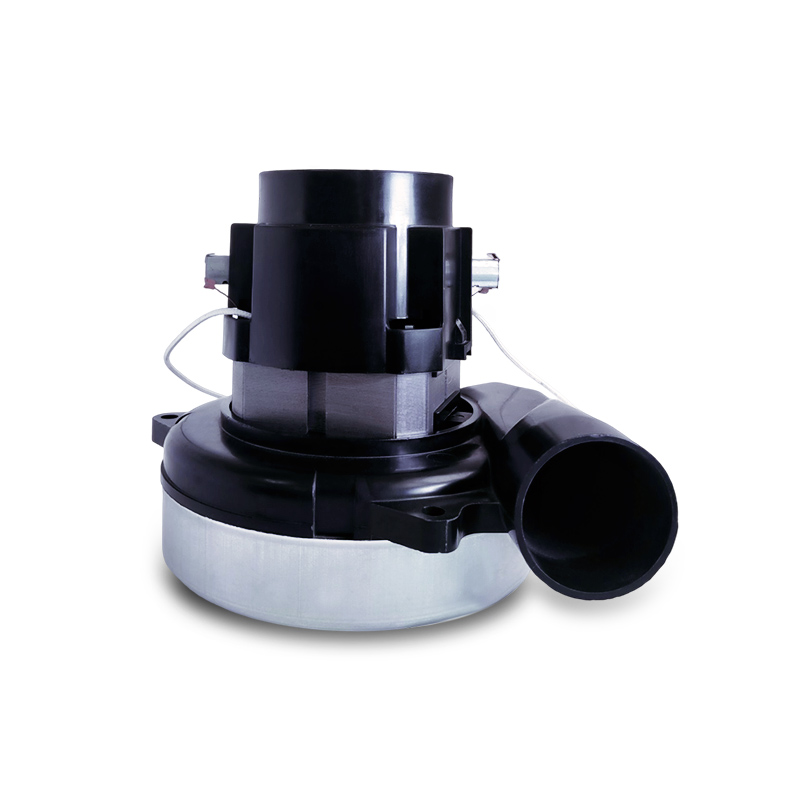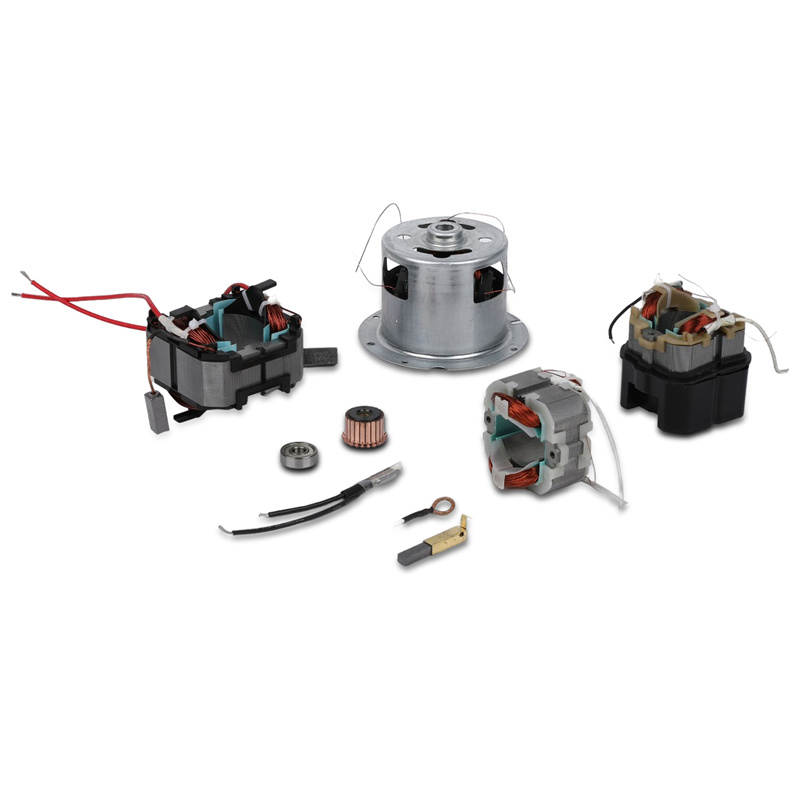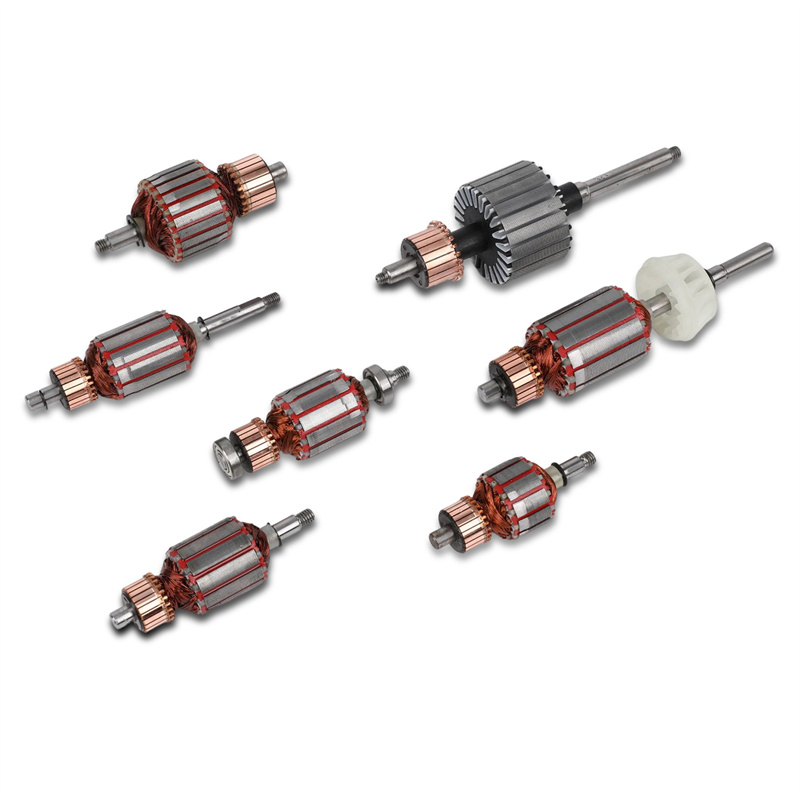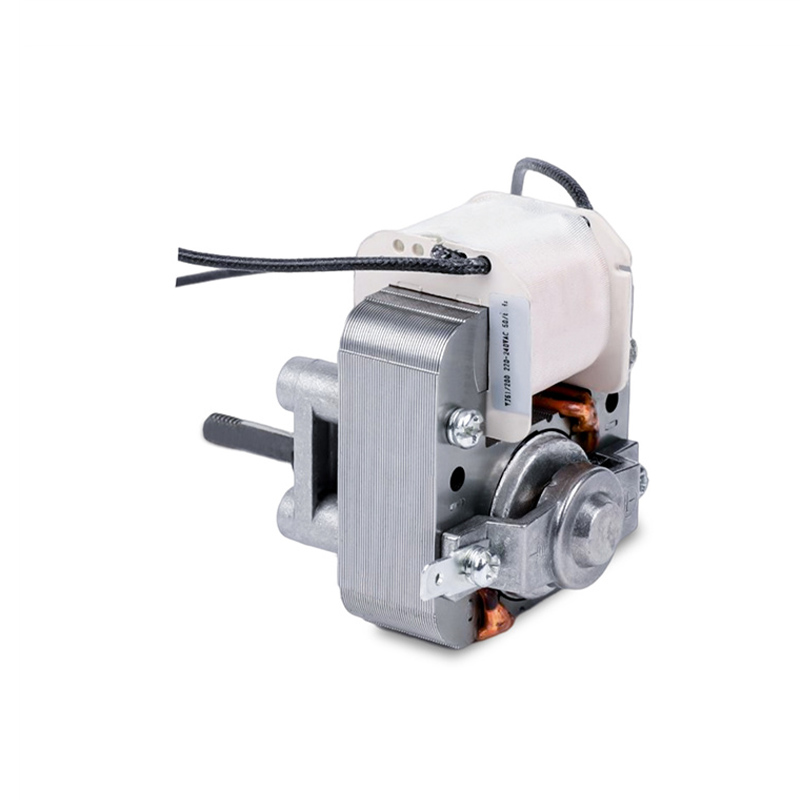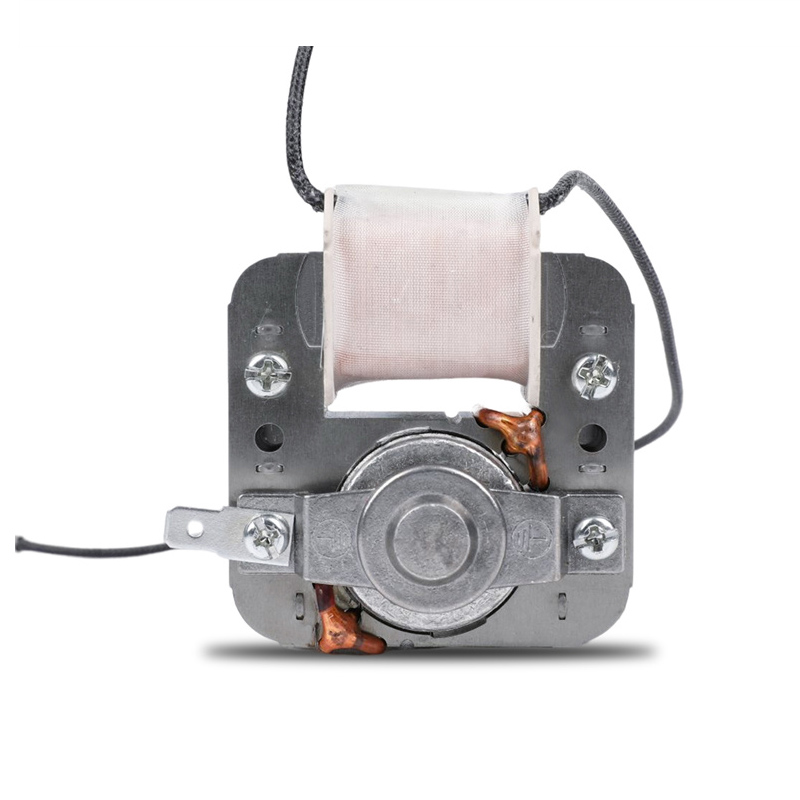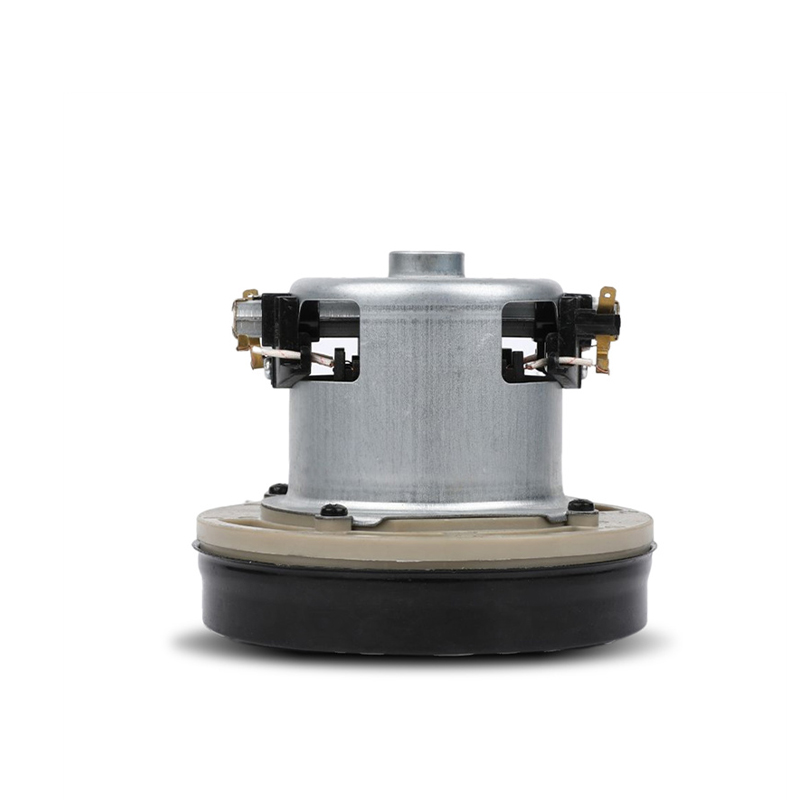What are The Key Features and Benefits of BLDC Vacuum Cleaning Motors
A BLDC (Brushless DC) vacuum cleaning motor is a type of motor specifically designed for use in vacuum cleaners. It is a high-performance motor that offers several advantages over traditional brushed motors, making it a preferred choice for modern vacuum cleaner designs.
Key Features and Benefits of BLDC Vacuum Cleaning Motors:
Efficiency and Power: BLDC motors are known for their high efficiency, which translates to improved power output and energy savings. They utilize electronic commutation instead of brushes, reducing friction and maximizing the conversion of electrical energy into mechanical power. This results in a more powerful and efficient vacuum cleaner, capable of delivering strong suction and thorough cleaning performance.
Long Lifespan: BLDC motors have a longer lifespan compared to brushed motors. Since there are no brushes to wear out, the motor experiences less mechanical friction and therefore less wear and tear. This results in increased durability and reliability, ensuring that the vacuum cleaner motor can withstand continuous use over an extended period.
Reduced Maintenance: The absence of brushes in BLDC motors eliminates the need for regular brush replacements, a common maintenance task in traditional brushed motors. This reduces downtime and maintenance costs associated with motor servicing, providing convenience to the user.
Quieter Operation: BLDC motors operate with reduced noise levels compared to brushed motors. The elimination of brushes and the associated sparking and mechanical friction contribute to a quieter vacuuming experience. This is especially beneficial in environments where low noise levels are desired, such as residential settings or workplaces.
Precise Speed Control: BLDC motors offer precise speed control, allowing for optimized performance based on the cleaning task at hand. Vacuum cleaners with BLDC motors can adjust the motor speed dynamically, enabling better control of suction power and energy consumption. This feature is particularly useful for different surfaces, such as carpets, rugs, or hard floors, where varying levels of suction may be required.


 English
English Deutsch
Deutsch Español
Español 中文简体
中文简体